Deck & Commander Strategies
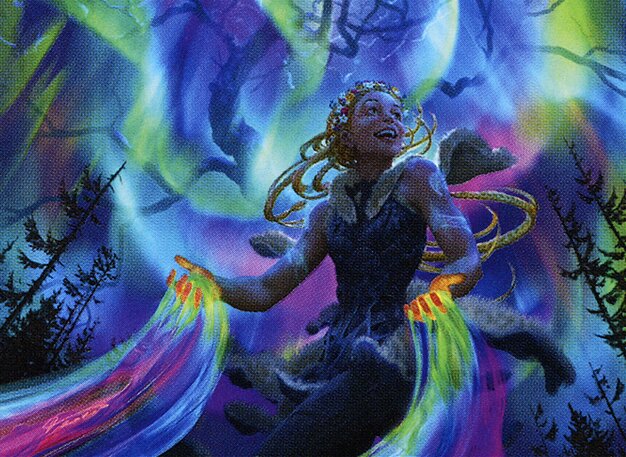
Esika, God of the Tree
Utilizes her ability to cheat big mythics directly onto the battlefield from the top of the deck, aiming for explosive late-game board presence and leveraging a cycle-based deck built entirely of mythic rare cards.
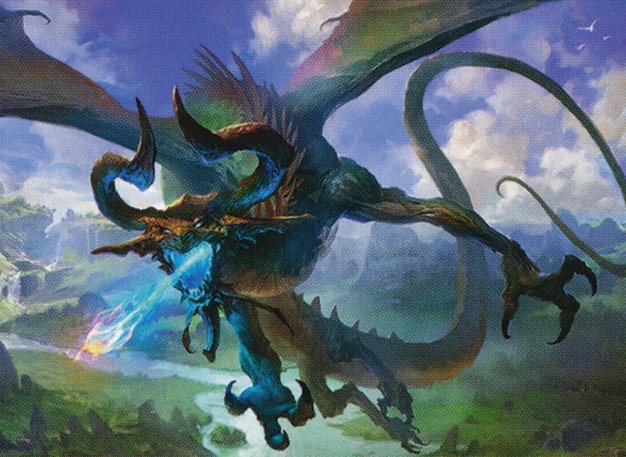
Nicol Bolas, the Ravager
Focuses on powerful black mythic sweepers and control spells to dominate the board, aiming to stabilize early and transition into casting large mythic creatures to overwhelm opponents.

Mangara, the Diplomat
Centers around diplomatic control and interaction, using mythic rares to manipulate the board and protect itself while slowly gaining advantage through disruption and value generation.
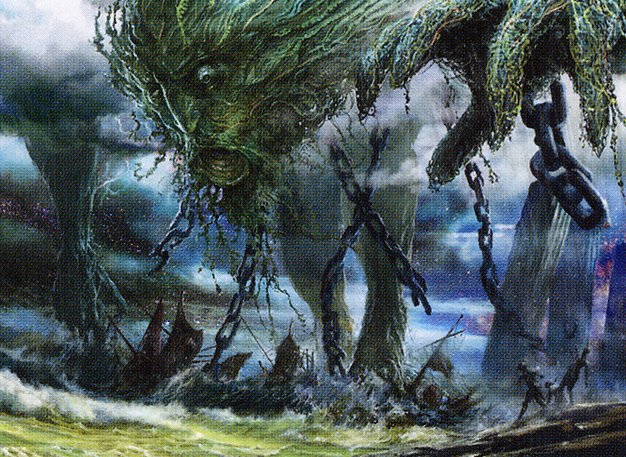
Uro, Titan of Nature's Wrath
Built around value and life gain from mythic creatures, aiming to outlast opponents with incremental advantage, though hampered by a high mana curve due to the mythic-only restriction.
Gameplay Insights
- 1
The mythic-only restriction led to unusually high mana curves, significantly slowing early game development and ramp.
- 2
Esika's ability to cheat big creatures from the top of the deck was a pivotal tool for accelerating board presence despite the high cost of most cards.
- 3
Nicol Bolas's access to mythic sweepers helped maintain board control in a format lacking cheap removal and counterspells.
- 4
Players had to carefully balance playing high-impact mythics with the lack of early game ramp and interaction, making timing critical.
- 5
The absence of typical low-cost ramp and interaction cards forced players to rely on less conventional approaches and powerful late-game plays.
Notable Cards
-
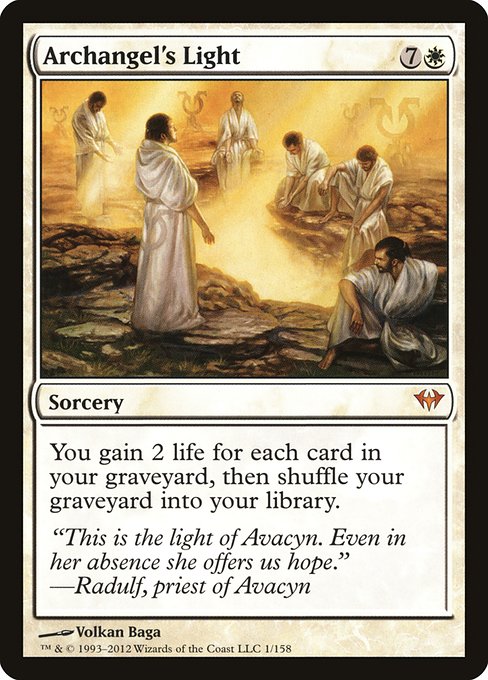
Archangel's Light
-
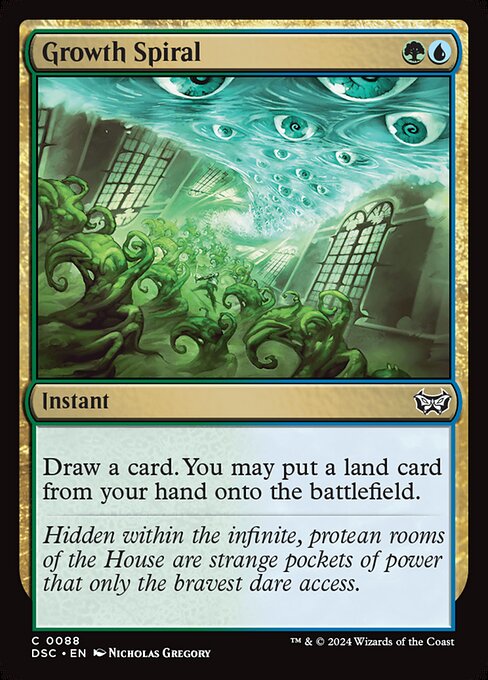
Growth Spiral
-

Mana Vault
-

Nicol Bolas, the Ravager // Nicol Bolas, the Arisen
-

Esika, God of the Tree // The Prismatic Bridge
-

Uro, Titan of Nature's Wrath
Gameplay Summary
The game featured four mythic-only Commander decks led by Uro, Titan of Nature's Wrath; Mangara, the Diplomat; Nicol Bolas, the Ravager; and Esika, God of the Tree.
The players faced the unique challenge of building decks exclusively from mythic rare cards, which led to high mana curves and limited early ramp options.
Early turns were marked by cautious development as players struggled to find efficient ways to ramp and stabilize.
Esika's deck leveraged her ability to cheat big mythics onto the battlefield, creating a potential late-game power spike.
Nicol Bolas's deck focused on powerful sweepers and value creatures to control the board, while Mangara's deck sought to leverage his diplomatic abilities and control elements.
Uro's deck was built around value and life gain but also suffered from the high mana costs typical of mythic cards.
The game saw key turning points when players managed to cast their high-impact mythics, shifting the tempo significantly.
Despite the slow start, the game progressed into a battle of attrition with high-impact spells and creatures deciding the outcome.














![This Time, It's Personal! [Commander VS] | Magic: the Gathering Commander Gameplay thumbnail](https://i.ytimg.com/vi/VibCoKEPrWU/sddefault.jpg)

![Commander VS S12E1: Nicol Bolas vs Arcades vs Vaevictis Asmadi vs Chromium [EDH] thumbnail](https://i.ytimg.com/vi/gtfErgL6f9U/sddefault.jpg)












![Mangara vs Gavi vs Zacama vs Edgar Markov [EDH/Commander, Magic The Gathering] MTG Gameplay 2020 thumbnail](https://i.ytimg.com/vi/ph4NFSc2VdM/sddefault.jpg)










